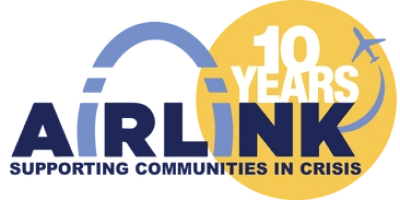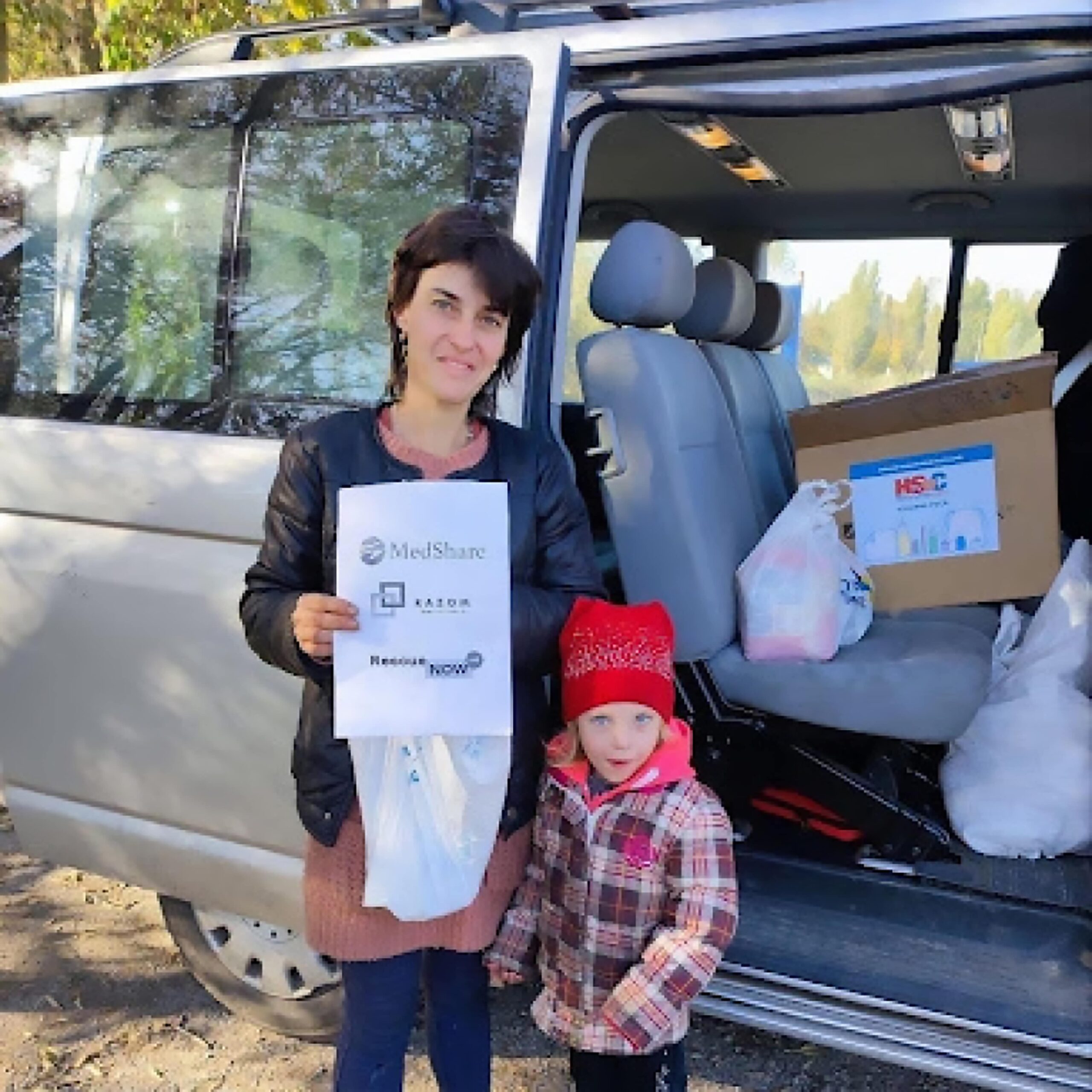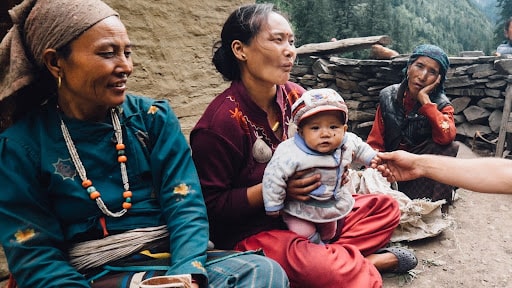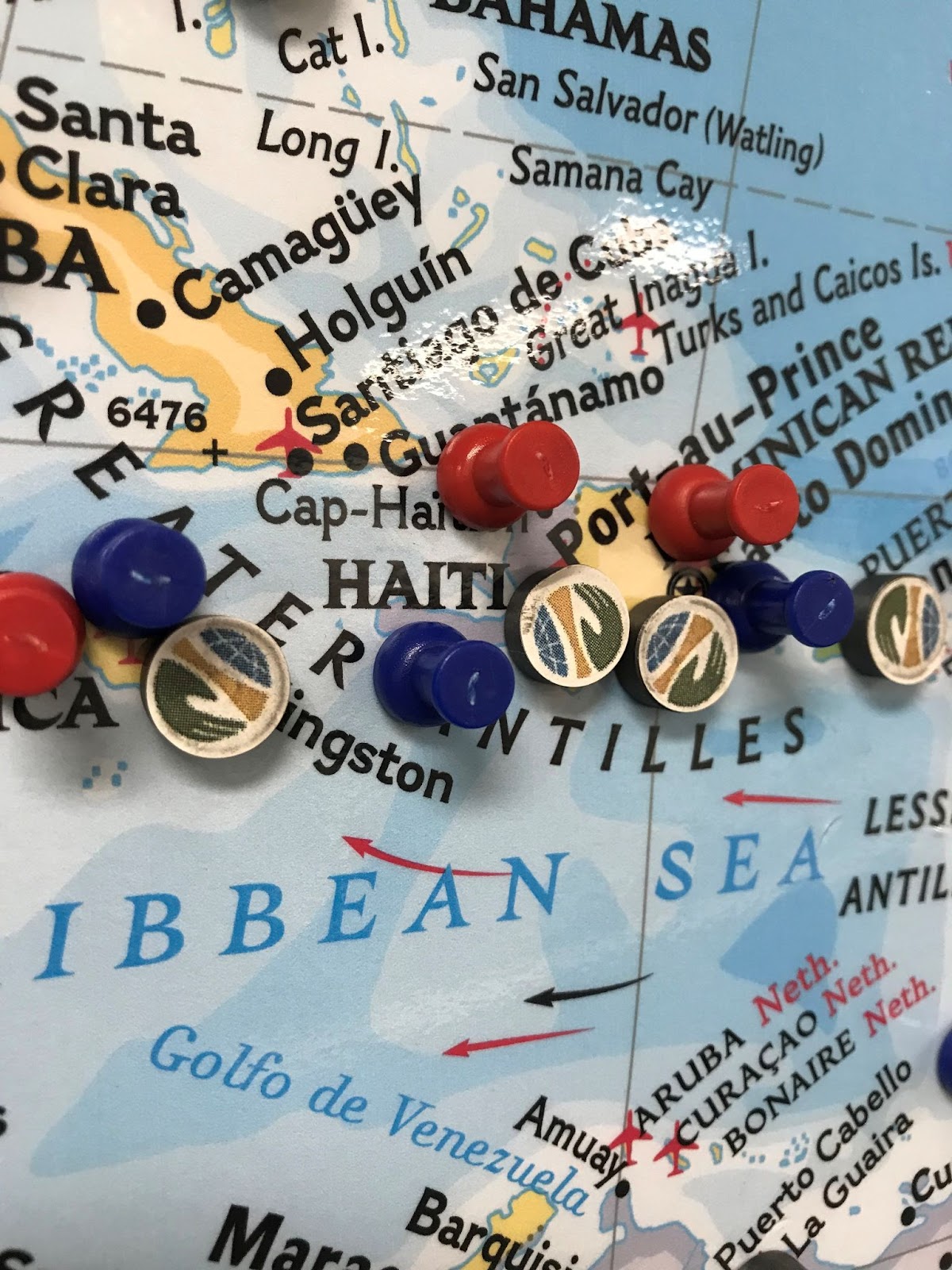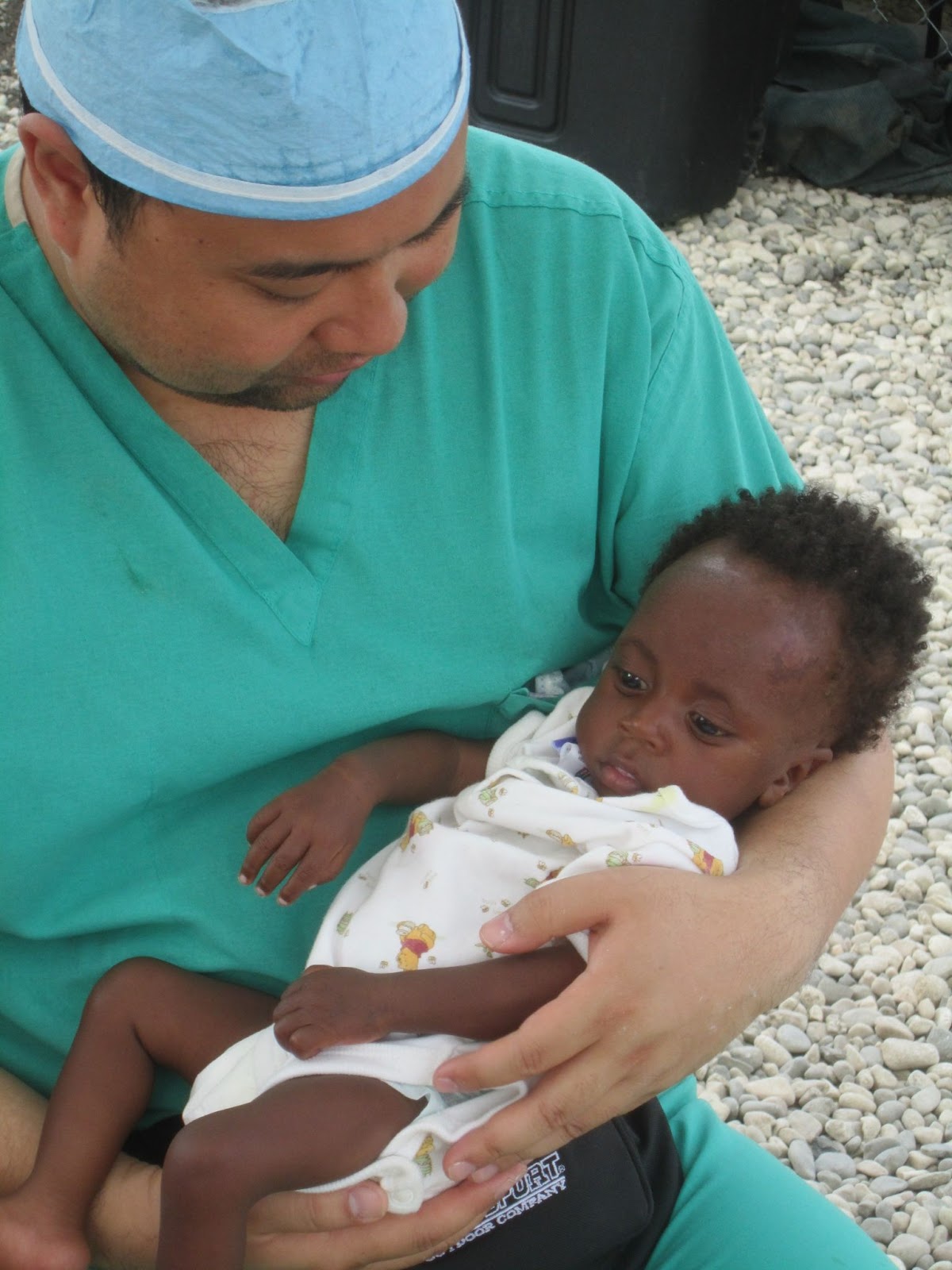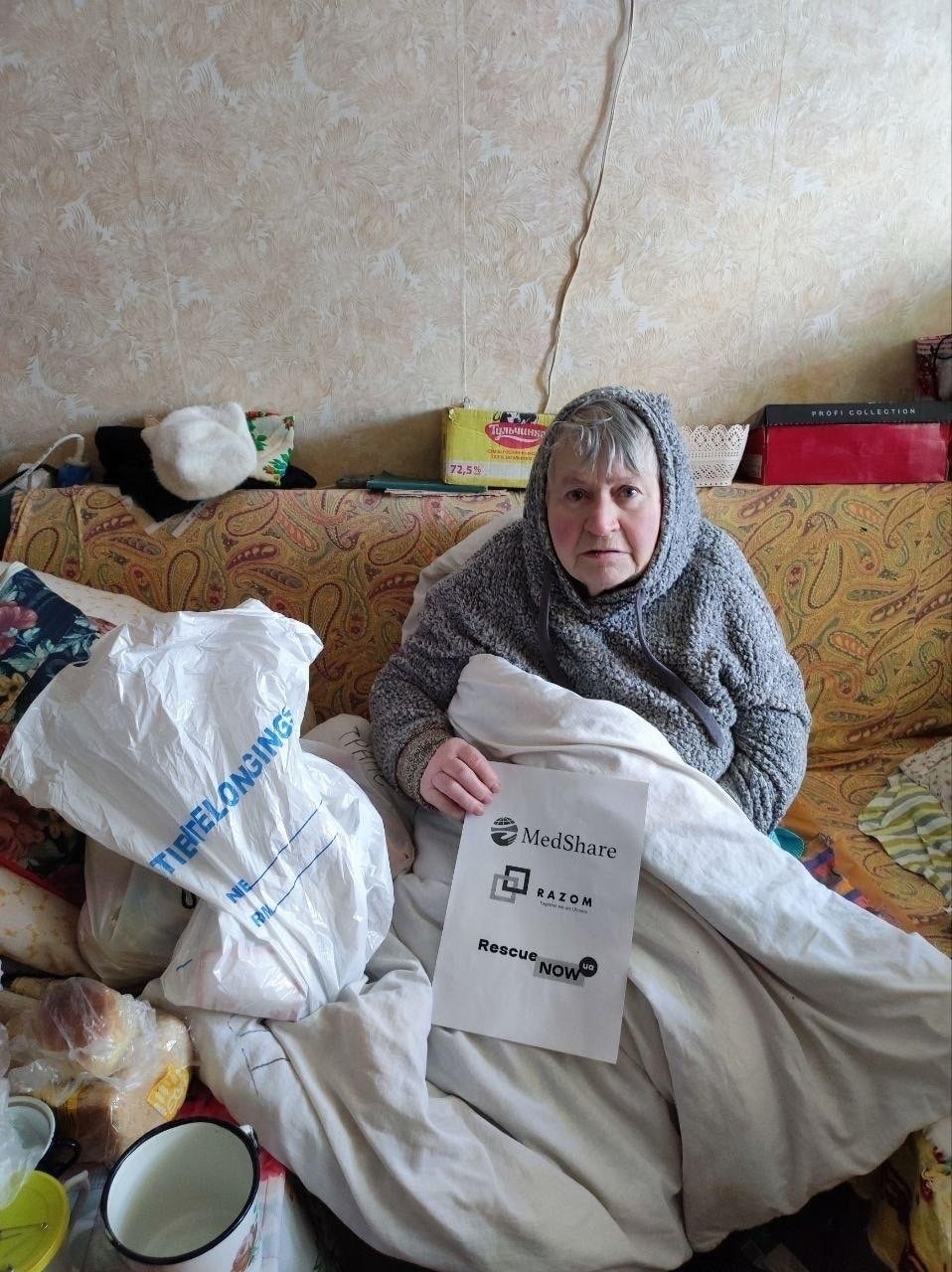Disaster Relief
MedShare works in tandem with healthcare, hospital, manufacturing, product and shipping donors to coordinate disaster relief response efforts with our partners in order to quickly deliver the necessary medical supplies critical to saving lives. Whenever possible, we also invest in the long-term process of helping to rebuild local health systems in the aftermath of a disaster.
Immediate Response & Long-term Recovery
When humanitarian disasters strike vulnerable communities around the world, MedShare is uniquely poised to respond quickly and efficiently.
Support Disaster ReliefPoised and Prepared to Respond
In the aftermath of a disaster, high on the priority list are food, shelter, medical care and clothing. MedShare’s Disaster Relief Program focuses on:
- Coordinating with our partners to assess how and when we can best support the health and humanitarian needs of impacted communities as we remain committed to the humanitarian principles of humanity, neutrality, impartiality and independence.
- Sourcing immediate needs from our product donor partners
- Coordinating and expediting shipments of critical supplies with our logistics partners
- Provisioning medical mission team volunteers as they travel to the region to provide aid
- Continuing support after the initial response to aid in rebuilding health systems in areas devastated by disaster.
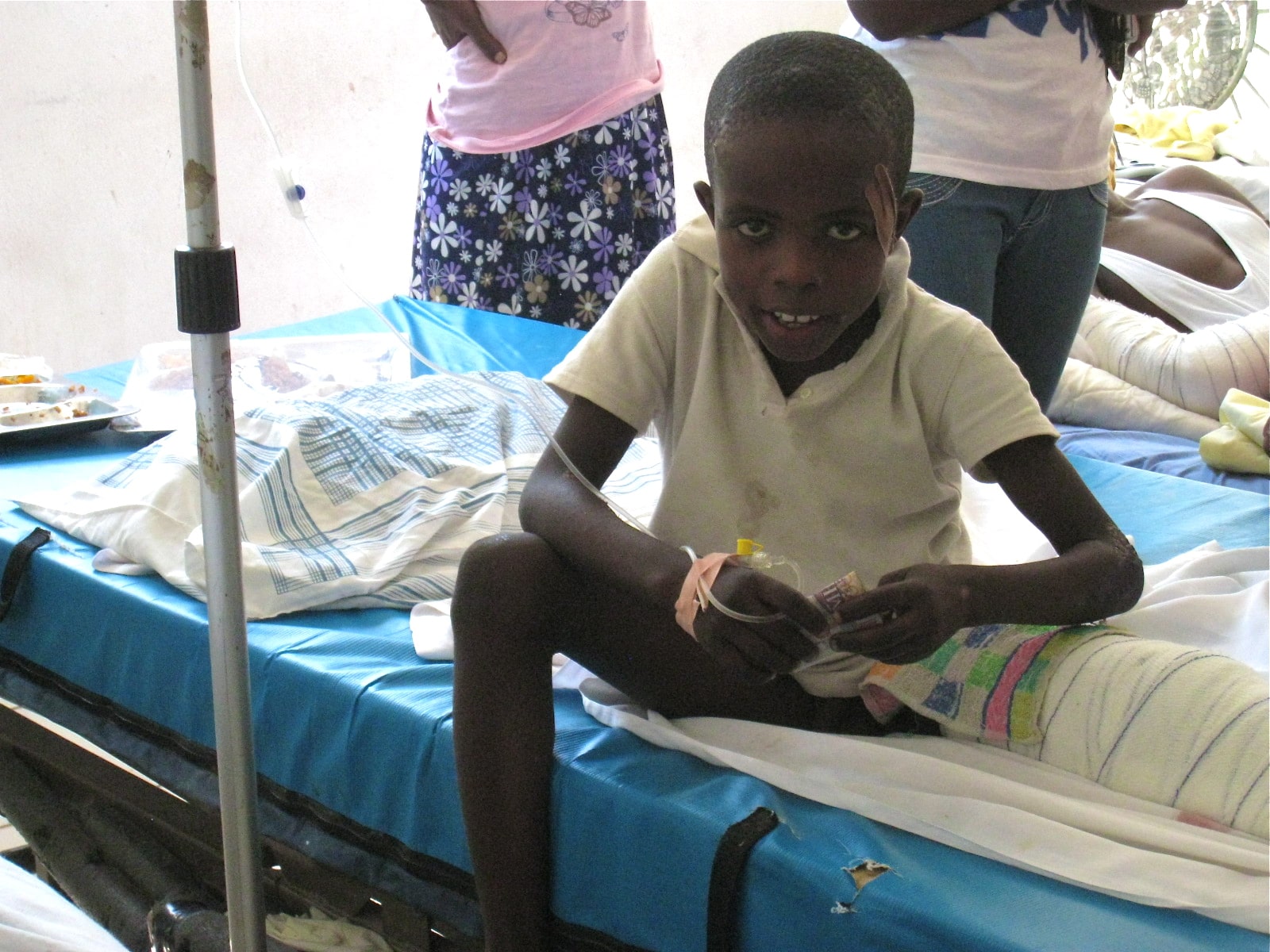
Program Impact
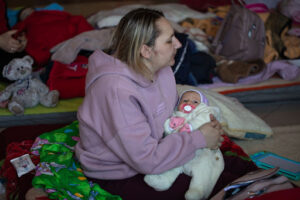
Many health systems affected by natural disasters already have difficulty reaching patients in rural locations, and the infrastructure that was once in place may no longer function properly, creating bottlenecks for humanitarian aid delivery.
Being that we are in a unique position to equip first responders in the immediate aftermath of a natural disaster and partner with local institutions and governments, MedShare can get humanitarian aid to the front lines quickly to help the affected communities increase their ability to treat more patients. In addition, we can effectively support long-term recovery.
10
countries affected by natural or manmade disasters served in FY 2023
$9,187,531
in disaster relief provided to affected countries in FY2023 alone
4430
healthcare professionals equipped in FY2023
Key Program Partners
Support Israel & Gaza
MedShare has activated our disaster response protocol to help our partners in the region save lives in the face of this quickly evolving humanitarian emergency.
DonateSupport Ukraine
MedShare is committed to extending our response to this extraordinary humanitarian crisis as Ukraine continues to care for those attempting to live their daily lives in the midst of the destruction.
Donate



